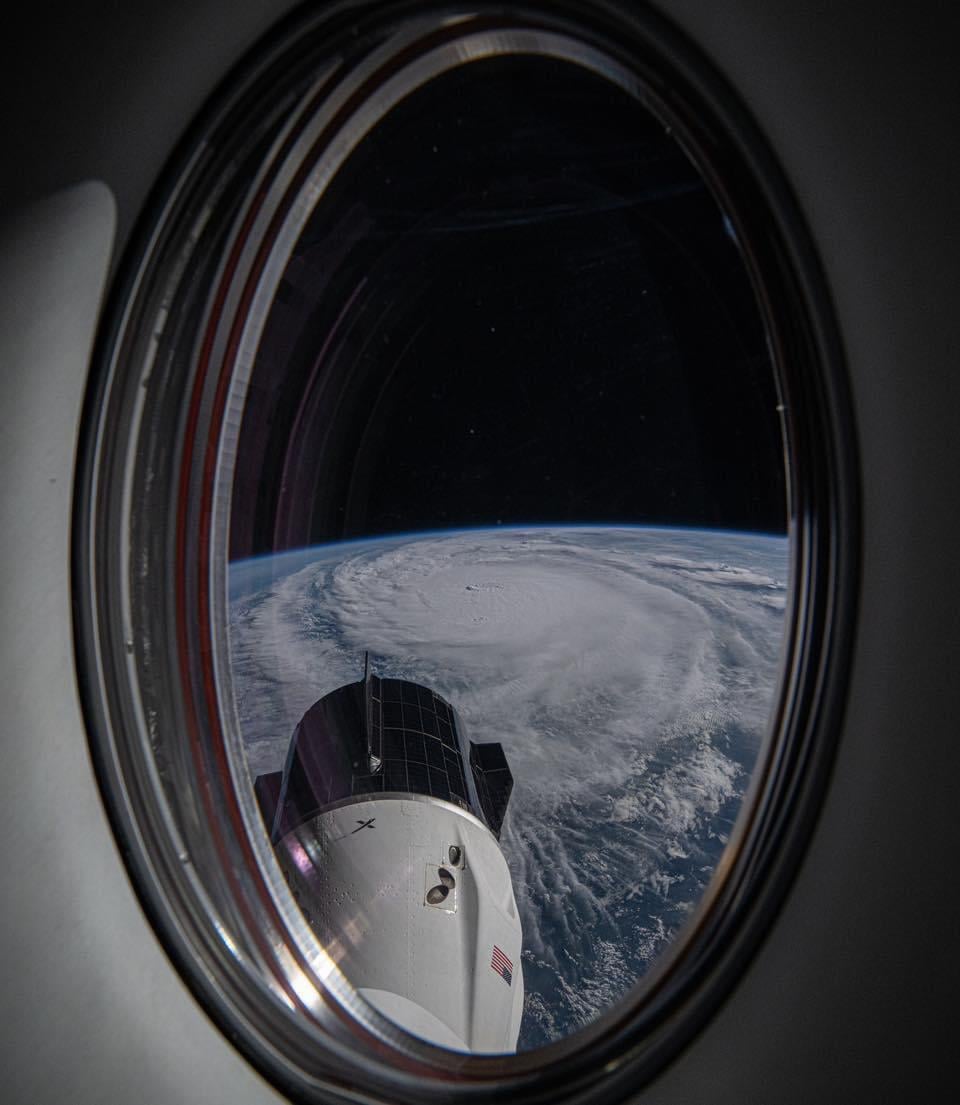26
27
28
29
46
Telescope with world’s largest digital camera will be a ‘game-changer’ for astronomy
(edition.cnn.com)
30
31
32
33
34
35
36
39
40
49
Tiny Black Holes Could Lurk Inside Asteroids, Moons, or Even Planets Like Ours
(www.sciencealert.com)
41
42
43
44
45
46
47
48
49
85
Dark Matter Black Holes Could Fly through the Solar System Once a Decade
(www.scientificamerican.com)
50

